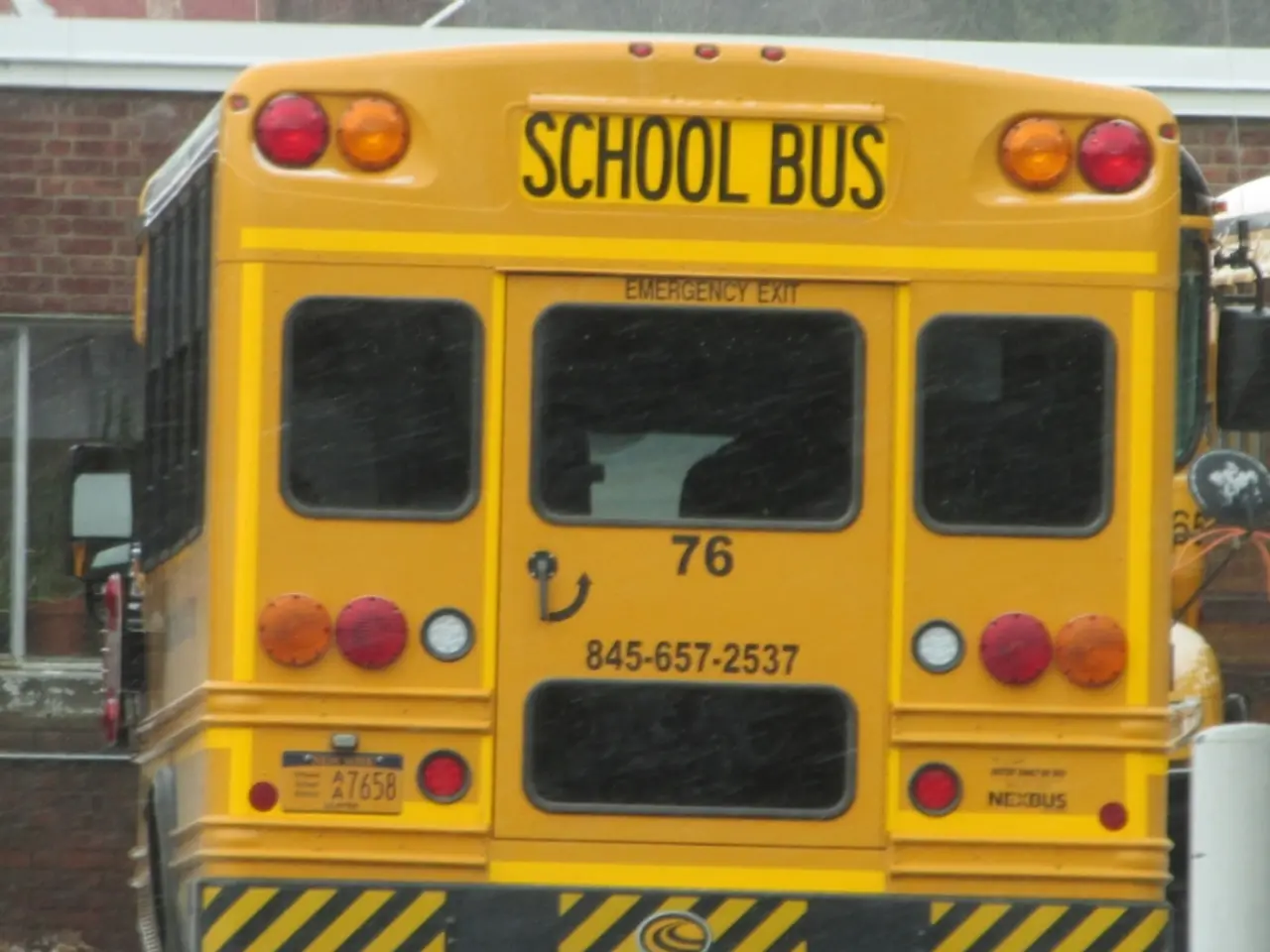Exploring School Choice Programs: Advantages and Obstacles
School choice initiatives are poised to evolve in the future, focusing on a multidimensional approach that combines increased legislation, technology integration, and a focus on equity. This shift aims to address the growing demand for educational customization and cater to the diverse needs of students and families.
School choice initiatives offer several benefits, including increased access to educational options, improved parental satisfaction, innovation, and potentially better academic outcomes. These programs, which include charter schools, private school voucher programs, magnet schools, and open enrollment policies, provide families more choices beyond traditional neighborhood schools.
Charter schools, for example, attract families based on preference and innovation, offering a tailored educational approach that aligns with student and community needs. These schools operate with more autonomy from bureaucratic constraints, allowing them to be held accountable for performance.
However, challenges and concerns regarding equity persist. Without careful design, school choice can widen inequality, as more advantaged families may better navigate options, leaving disadvantaged students concentrated in under-resourced traditional schools. Unequal resource allocation is another concern, as traditional funding mechanisms often disadvantage schools serving higher proportions of disadvantaged students.
To address these issues, policies must be implemented to ensure that all students have equal opportunities to benefit from school choice initiatives. This includes addressing funding concerns, ensuring access for disadvantaged populations, and providing systemic support for the successful implementation of school choice programs.
Case studies and examples of successful implementation demonstrate the potential of school choice initiatives when designed inclusively, flexibly, and with targeted resources and accountability. For instance, charter schools have shown promise in elevating achievement and closing gaps when managed properly. Dual enrollment programs, which provide students with the opportunity to take college courses while still in high school, support college and career readiness, particularly benefiting underrepresented students.
New York City initiatives like NYC Reads and NYC Solves have improved literacy and math outcomes in underprivileged schools by focusing on teacher professional development. The community schools model, which combines education with tailored community services and supports, has also shown success in improving school climate, academic outcomes, and attendance when implemented with robust state and district support.
In conclusion, school choice initiatives offer potential benefits for student achievement and equity when designed to be inclusive, flexible, and well-supported with targeted resources and accountability. However, risks of exacerbating existing inequities remain without policies addressing funding, access barriers, and systemic support.
This balanced view is supported by government analyses, educational research institutes, and case examples from multiple states and cities as of 2025. It is essential to continue monitoring and evaluating the impact of school choice initiatives to ensure they are meeting their intended goals of enhancing educational quality and accountability while promoting equity and access for all students.




